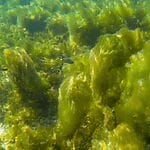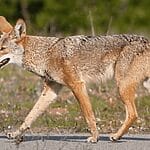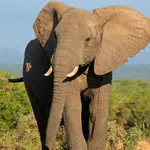Tanzania is extremely dedicated to wildlife conservation efforts. They are committed to conserving the different species in lots of different ways, including through protecting their habitats and sustainable development.
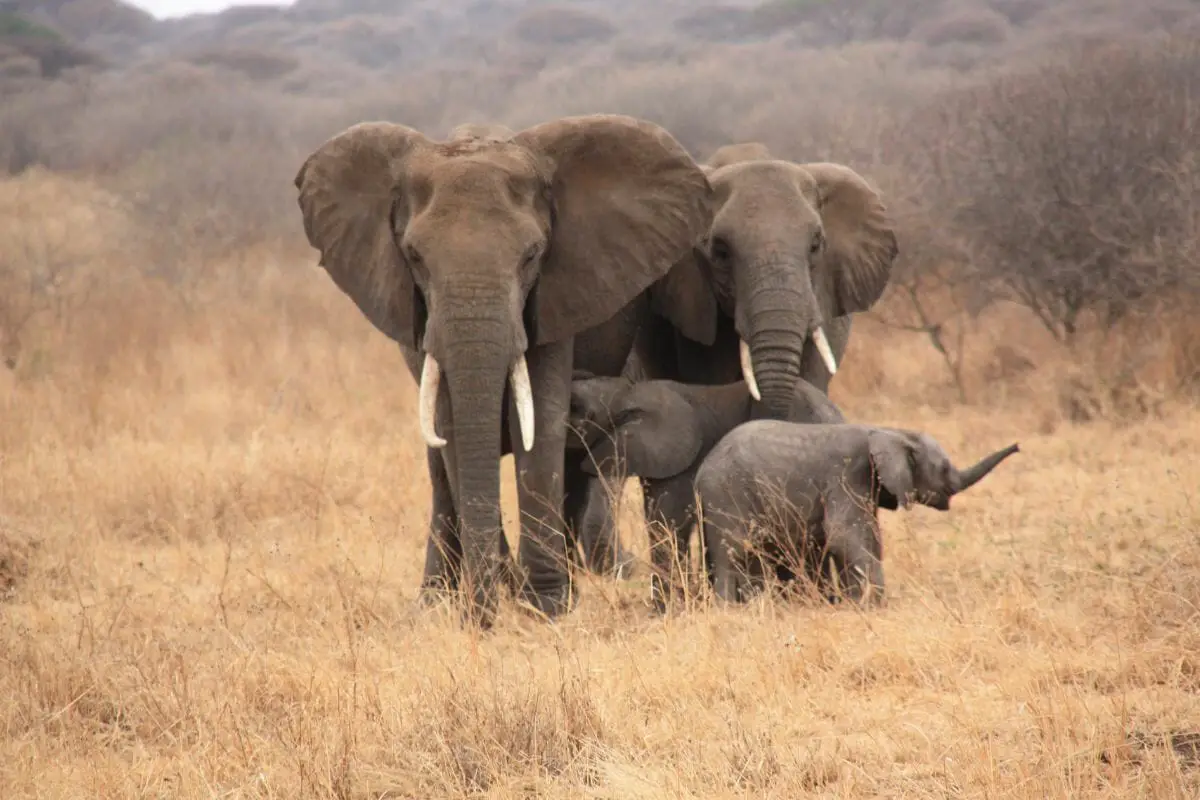
Read on for lots of information on the wildlife conservation efforts in Tanzania!
What Wildlife Does Tanzania Contain?
In Tanzania, wildlife is very important. It contains 20 percent of the species of the large mammal population in Africa.
These animals are found in conservation areas, marine parks and reserves. There are 17 national parks in the country which span 42,000 square kilometers which contain lots of amazing wildlife.
As these national parks make up 38 percent of the country’s territory, there are so many amazing things to see in this country.
What Are The Wildlife Resources In Tanzania Like?
Serengeti National Park
Serengeti National park is a huge national park in Tanzania. Spanning 14,763 square kilometers, this park is located in Northern Tanzania and it is extremely famous for its wildlife.
It is home to huge herds of zebras and wildebeests who migrate on an annual cycle. This park is also on the list of one of the great natural wonders.
The Ngorongoro Conservation Area
This conservation area in Tanzania is groundbreaking. It was established in 1959 and it was given the UNESCO World Heritage Site title. This park is home to so many incredible creatures and the whole thing is protected.
This site is inhabited by the Maasai people. The largest caldera in the world also lies in this park, known as the Ngorongoro Crater.
Tanzania National Parks Authority (TANAPA)
The Tanzania National Parks Authority has been focussing on ways in which the local communities can be involved in the efforts for conservation(see also: (see also: Why Do Conservation Efforts Fail? 5 Reasons Why)).
In doing this, it means that the local authorities can share the benefits that this conservation work provides for the area and the country.
The wildlife in Tanzania suffered during the colonial era. This is because the conservation efforts had been left up to the government who sent out the resources to local communities.
This caused an increase in poverty and poaching became much more common. The introduction of the Tanzania National Parks Authority has been very successful in helping this.
The TANAPA not only help with conservation across the national parks, they also help with conservation of animals in the wetlands. In the wetlands, there are lots of amazing species in Tanzania as there are lots of species that love the water.
For instance, the elephant, crocodile, flamingoes, ducks and the hippopotamus.
Conservation Problems In Tanzania
Conservation efforts have not been plain sailing for Tanzania. This is made evident with the problem of the Chimpanzees.
Chimpanzees are facing extinction in the country, and Western Tanzania is home to 90 percent of the remaining Chimpanzee population. These chimpanzees are facing very large threats.
These threats to the chimpanzees are caused by habitat loss, settlement expansion and agricultural and economic growth.
They are also in close contact with human communities nearby who pose risks of disease to the chimpanzees.
As well as this, the number of humans living in the West of Tanzania are increasing meaning they are depleting natural resources for the chimpanzees and expanding on lots of different land use practices that are unsustainable.
The local government in Tanzania struggles with this problem as they are struggling to keep up with managing the natural resources.
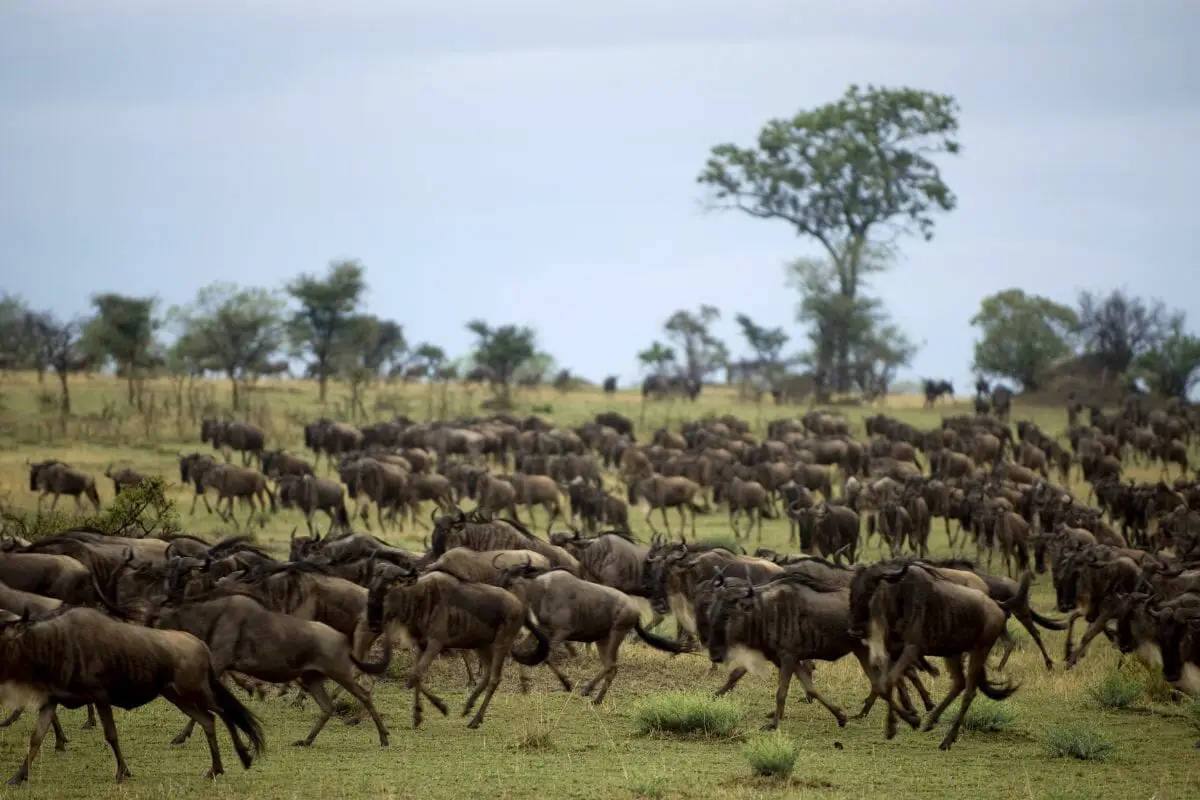
USAID
The problem has become a pressing matter in recent years, and in order to address this problem, USAID has launched a five-year project.
This project has been designed to help and protect the chimpanzee population in the country.
This project has been used to help to empower and educate the local communities to help with the conservation effort, sustaining and leading the protection of the chimpanzees.
This program has been used to get the help of the community to disable any threats to chimpanzees.
In this program, they will provide improvement of access to reproductive health and family planning resources as well as the growth of community-based environmental education.
Conservation Of Endangered Species Due To Illegal Trade Of Wildlife
Endangered animals are often at risk of becoming endangered because of illegal trafficking or trade. Things like pangolin scales, elephant ivory and rhino horns are often traded.
This business, although illegal, is very lucrative and so a lot of people continue to hunt for these animals for these reasons even though these traders are aware of the decline in the wildlife on the planet and the conservation efforts(see also: 5 Challenges Facing Wildlife Conservation Efforts In Ethiopia).
RTI is trying to combat these problems in Africa and Asia. They are looking at the demand and supply of this trade and are then attempting to put a stop to this trafficking problem.
This trade is fairly difficult to put a stop to because the communities are able to make a living by providing animal products all over the world.
They can sell these products for anything from traditional medicine to home decor.
USAID Wildlife Asia
This project is attempting to tie the trafficking to transnational crime. This will be across Thailand, Cambodia, Vietnam, Laos and China.
The trafficking of these products occurs across Southeast Asia and China, and this project is looking to address this problem, highlighting it as a transnational crime.
This is helped along by the 2016 United States act that was set up to ‘Eliminate, Neutralize and Disrupt Wildlife Trafficking’(see also: Can You Help To Stop Wildlife Trafficking? Yes You Can, And Here’s How).
This act is quite recently set up, but the US have been implementing laws similar to this for over 10 years.
The crimes that are being committed transnationally have a very big impact on wildlife populations across the world. They also indicate instability both socially and politically.
How Does USAID Help Tackle This Problem?
USAID tackles this problem in lots of different ways. These include:
Reducing Customer Demand
High customer demand means high prices. If you reduce the demand for these products, then the profits that are made from them will be much lower. This, in turn, will reduce the number of animals that are at risk from this.
In order to do this, ASAID has launched a campaign that looks at ways in which you can build new social norms surrounding this. This can be done using behavior change communication tools and social marketing.
Strengthen Regional Law Enforcement
Another way in which USAID enforces this is to strengthen the ability of regional law enforcement. These include police and prosecutors on the matter.
If this crime often results in punishment, then a lot less people will be willing to partake.
Final Thoughts
The wildlife in Tanzania is absolutely amazing and there are so many fantastic and fascinating creatures living in the country.
Some of these are endangered for different reasons, making it very important for Tanzania to ensure that they have lots of different wildlife conservation(see also: 5 Important Wildlife Conservation Schemes India Are Using Right Now) efforts happening in the country.
There are lots of these in Tanzania, and a lot of them are working. It is very difficult for the country to stay on top of all of the wildlife it has, as there is so much and there are so many national parks to track and protect.



